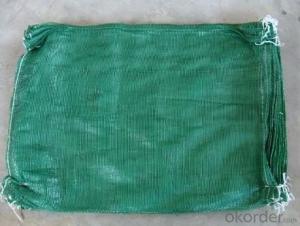Plastic pipe fittings have revolutionized the plumbing industry, making it more efficient, cost-effective, and environmentally friendly. These versatile components are designed to connect, extend, or change the direction of pipes, ensuring seamless fluid flow in various applications. In this article, we will explore the benefits of plastic pipe fittings, their types, and how they enhance plumbing efficiency.
The Evolution of Plumbing: From Metal to Plastic
Traditionally, plumbing systems were made of metal, such as copper and iron. While these materials were durable, they were also heavy, expensive, and prone to corrosion. Over time, the plumbing industry has embraced plastic pipe fittings as a better alternative. Plastic fittings are lightweight, easy to install, and resistant to corrosion, making them an ideal choice for modern plumbing systems.
Benefits of Plastic Pipe Fittings
1. Cost-Effectiveness: Plastic fittings are generally cheaper than their metal counterparts, reducing the overall cost of plumbing projects.
2. Lightweight and Easy to Install: The lightweight nature of plastic fittings simplifies installation, reducing labor costs and time.
3. Corrosion Resistance: Unlike metal, plastic fittings do not corrode or rust, ensuring a longer lifespan and reducing maintenance needs.
4. Versatility: Plastic fittings are available in a wide range of sizes, shapes, and configurations to suit various plumbing applications.
5. Environmental Benefits: Plastic is a more sustainable material compared to metal, contributing to a greener plumbing industry.
Types of Plastic Pipe Fittings
1. Elbows: Used to change the direction of a pipe at a 90-degree angle.
2. Tees: Allow for the branching of pipes, creating a ‘T’ shape.
3. Couplings: Connect two sections of pipe together.
4. Unions: Similar to couplings but can be disassembled for easy maintenance or replacement.
5. Reducer: Used to reduce the size of a pipe.
6. Cap: Closes the end of a pipe to prevent fluid flow.
7. Adapters: Connect pipes of different materials or sizes.
8. Flanges: Provide a flat surface for attaching equipment or other pipes.
9. Bushings: Used to create a connection between a pipe and a fitting with a smaller diameter.
10. Plugs: Seal off a pipe or fitting to prevent fluid flow.
Installation and Maintenance
Plastic pipe fittings are easy to install, thanks to their lightweight design and the availability of various connection methods such as solvent cement, push-fit, and compression fittings. Proper installation ensures a leak-free and efficient plumbing system. Maintenance is minimal, with occasional inspections to check for wear or damage.
The Role of Plastic Fittings in Modern Plumbing
Plastic pipe fittings play a crucial role in modern plumbing, offering a range of advantages that make them indispensable. They are not only cost-effective and easy to work with but also contribute to a more sustainable and efficient plumbing infrastructure.
The Future of Plastic Pipe Fittings
As technology advances, we can expect plastic pipe fittings to continue evolving, incorporating new materials and designs to further enhance their performance and efficiency. Innovations in manufacturing processes may also lead to even more cost-effective and environmentally friendly options.
Personal Touch: A Plumber’s Perspective
From a plumber’s perspective, plastic pipe fittings have made our jobs easier and more enjoyable. The ease of installation and the durability of these fittings have significantly improved our ability to deliver high-quality plumbing services to our customers. We’ve seen firsthand how these fittings can withstand the test of time, providing long-lasting solutions for residential and commercial plumbing needs.
In Conclusion
Plastic pipe fittings have come a long way since their introduction to the plumbing industry. They have proven to be a game-changer, offering numerous benefits that make them a preferred choice for both professionals and homeowners alike. As we look to the future, the continued development and adoption of plastic pipe fittings will undoubtedly contribute to a more efficient and sustainable plumbing landscape.

